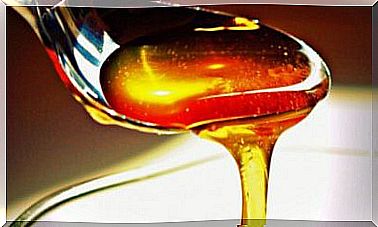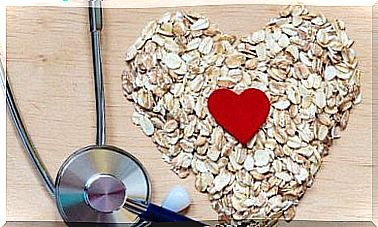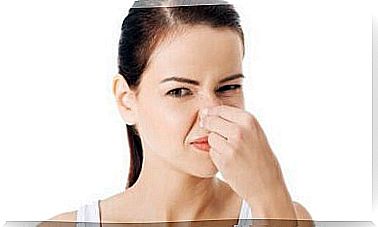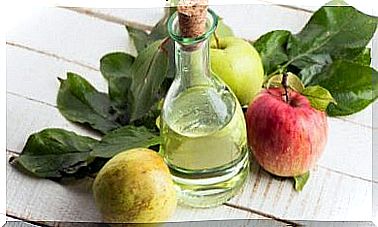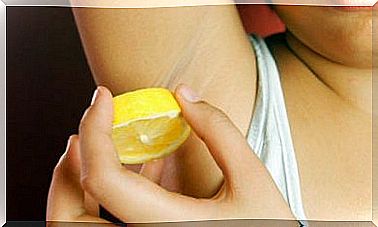Onychomycosis: Do Natural Folk Remedies Work?
Are folk remedies for onychomycosis really effective? We answer this question here. Find out what the specialists are saying on the subject and how to treat this fungal infection.

Folk remedies for treating onychomycosis are quite popular. This condition, which is characterized by a white or yellowish color and which causes itching and other inconvenience, accounts for one third of fungal skin infections.
According to information published in Journal of Fungi, the infection is caused by a dermatophyte fungus, which in the nail bed is difficult to fight. This is why onychomycosis usually comes back eventually. Let’s see it all together in the rest of this article.
Onychomycosis: what you need to know
Onychomycosis is a fungal infection that affects both the fingernails and the toenails, with the toenails usually being the most affected. Although not a serious infection, it is still a public health problem due to its high prevalence, poor response to treatment, and clinical impact.
As the American Academy of Dermatology explains , hot and humid environments (swimming pool, changing rooms, etc.) favor the appearance of this infection. Lack of hygiene, sweating and wearing closed shoes are other factors that can favor its appearance. In short, any situation in which the nails are exposed to moisture for a prolonged period of time favors the onset of onychomycosis.
The symptoms of this infection are as follows:
- White spots or color change on the nails
- Nail thickening
- Fragile nails that separate from their bed
- Irregular nails
- Itching and bad smell (in very few cases)
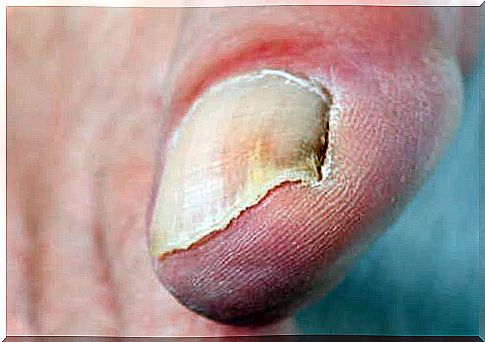
Most cases are light: only the aesthetic aspect is problematic. However, if there is a complication, the infection can be painful and can cause irreversible damage to the nails.
Patients with diabetes or a disease that affects the immune system should take special care. For these patients, medical attention is required, as any injury to the feet, including infections of this type, can lead to serious complications due to their weak immune response and circulatory problems.
Do Folk Natural Remedies For Onychomycosis Work?
In popular literature, there are many natural remedies to treat onychomycosis. Nonetheless, these remedies continue to be contested by healthcare professionals.
On Journal of Fungi , the options highlighted for treating this fungal infection are tea tree oil and the plant ageratina pichichensis which have both shown antifungal activity. Other substances such as propolis or Vicks Vaporub have also shown interesting effects against onychomycosis in pilot studies. But in any case, the results are inconclusive and more research is needed to determine the effectiveness of these natural treatments.
It is therefore necessary to consult a health professional and follow the treatment prescribed by the latter. However, the substances mentioned can be used as additional treatment. Based on available studies, these substances do not have undesirable side effects in humans, suggesting that they are reliable and tolerable substances.
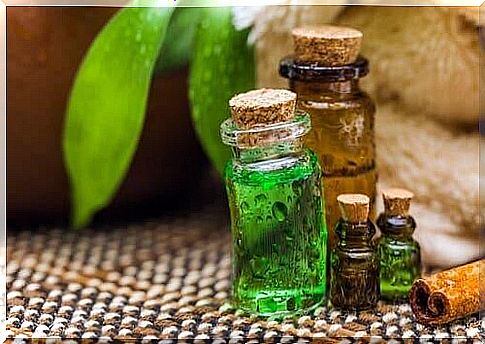
Medical treatments to treat onychomycosis
To date, medical treatments have been the most accepted treatments for treating onychomycosis, although they are still the subject of research. According to an Indian Journal of Pharmaceutical Sciences publication , these treatments come in the form of topical and oral agents.
Among the topical agents, there are treating varnishes such as amorofilne 5% or even ciclpirox 8%. Creams, powders and other products for topical use are generally not very effective because they do not penetrate the skin as easily as treatment varnishes.
Oral agents include griseofulvin, terbinafine, itraconazole, and ketoconazole. The treatment period is longer and the risk of side effects (headaches, gastrointestinal disorders, skin rashes, etc.) is greater. It is therefore imperative to respect the dosage indicated by the healthcare professional.
In both cases, it is necessary to follow the doctor’s instructions carefully in order to obtain good results. Otherwise, the infection is likely to persist or even get worse.
What more can we do?
Faced with such an infection, it is important to consult a dermatologist in order to receive an accurate diagnosis and adequate treatment. But it would be good to also put into practice some simple preventive measures, such as:
- Wear ventilated shoes
- Dry your feet well
- Wear shoes in risky places such as the swimming pool and changing rooms

